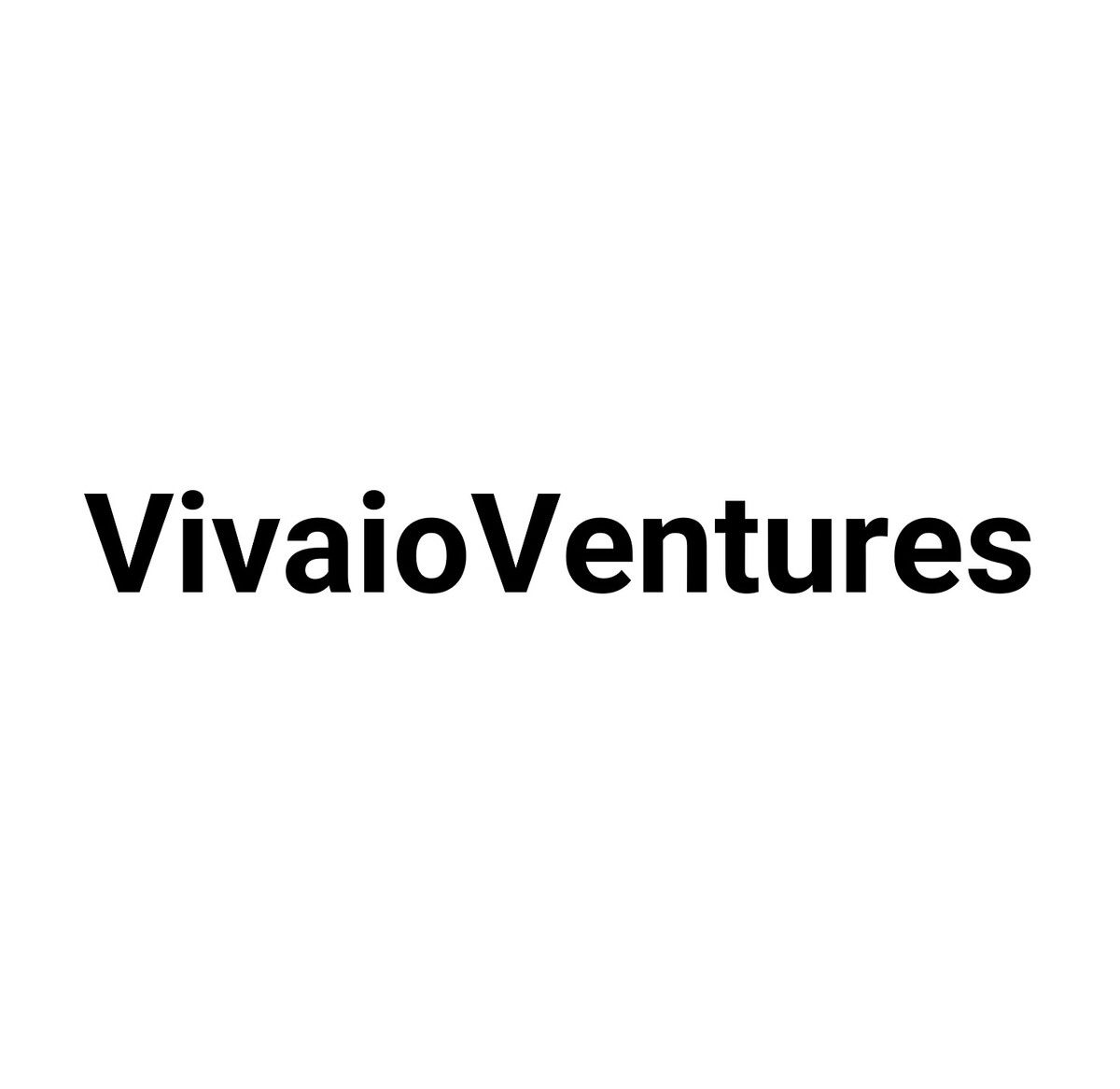Hi,
With the boom in the creator economy, a new wave of ventures has emerged to help creators turn influence into lasting businesses.
Not all of these companies work the same way. From full-stack operators to incubators, enablers, and investor-backed platforms, the brand-building space is evolving fast.
The takeaway: Success today comes from combining influence with the right support.
In this newsletter, we’ll explain the different business models, their pros and cons, and where Vivaio fits into this new landscape.
Two Key Dimensions Define the Space
To navigate this complex market, we use a two-dimensional framework:
Level of Involvement – How hands-on the partner is in building and running the brand
Ownership / Incentive Model – How the partner invests in the brand and shares in the upside
This framework helps creators and founders answer two crucial questions:
Who will roll up their sleeves and actually help me execute?
Who shares in both the risks and rewards of growing the business?
1. Level of Involvement: Who Builds What?
Think of this axis as a spectrum, ranging from pure investors who only provide capital to full-stack operators who act like co-founders. While there’s naturally some overlap and the lines aren’t obvious, these are the main categories we use to map the market.

Capital-Only / Strategic Advisors (Least Involved)
Provide capital and strategic guidance but offer no operational infrastructure. They don’t run your business, hire your team, or manage execution - they fund and advise.
Typical Activities:
Seed-level investment
Offering board-level guidance
Financial advice
Examples of companies in this category include Slow Ventures.
Best For: Founders with strong operating teams who just need capital + financial advice.
Capital-Plus Ventures
Go beyond capital by providing growth networks, distribution opportunities, and light-touch operational support, but execution remains founder-led.
Typical Activities:
Capital investment + strategic distribution channels
Access to talent networks (celebrity, influencer, or industry experts)
Help with scaling and partnerships, but no day-to-day operations.
Examples include Hotstart VC and Blazar Capital.
Best For: Brands with early momentum that need capital and strategic amplification to scale, not those that need hands-on operational involvement.
Enablers / Service Providers
Offer modular, fee-based, or rev-share infrastructure, covering fulfillment, product design, and e-commerce setup, so creators can launch and scale faster without building in-house operations.
Typical Activities:
Product development & sourcing (white-label or custom)
Merch production & fulfillment
E-commerce storefront setup
Logistics, customer service, and analytics tools
Examples include Warren James & GenFlow.
Best For: Creators or early teams who want to go to market quickly, minimise upfront costs, and focus on improving commercial operations rather than aiming for an exit - while retaining full control over storytelling, marketing, and strategy.
Incubator/ Full-Stack Operators (Most Involved)
Take on end-to-end responsibility for building and scaling brands, often acting as co-founders or parent companies. They control execution from product creation to distribution.
Typical Activities:
Consumer insights & whitespace identification
Product formulation, manufacturing, and supply chain
E-commerce, retail, and marketing execution
Financial management, HR, and operational oversight
Examples include us at Vivaio Ventures and Congo Brands.
Best For: Creators looking for a full partnership throughout the brand-building journey, working with an experienced operator to move fast, share risk, and stay aligned on goals.
2. Ownership & Investment Model
Once you understand a partner’s operational role, the next question is:
How do they get paid — and do their incentives match your long-term goals?

No Equity (Fee for Service)
Traditional agency or SaaS-style relationships. Creators pay upfront or ongoing fees, retaining 100% of brand ownership.
Partners are compensated as a % of sales, aligning incentives without diluting ownership.
Minority Equity / Strategic Stake
Partners take a small equity position, aligning long-term incentives while leaving majority control with creator founders.
Majority Equity / Co-Ownership
The partner is a true co-owner and steers the journey.
Why this Two-Axis View Matters
Looking at just one dimension, such as “Who invests the most?”, can be misleading. A capital-plus fund and a full-stack operator may both provide funding, but their role in your business will look very different.
By considering both levels of involvement and ownership, you get a much clearer picture of where each partner truly sits - from hands-off capital providers to fully embedded co-founders.
Here’s how some leading players fit into this framework:

Vivaio’s Position
At Vivaio, we occupy a unique position between traditional investors and hands-on operators. We work closely with founders as true partners, offering strategic and operational support without taking control, whilst only taking a minority stake.
What truly sets us apart is our on-the-ground presence in Italy and direct access to its world-class manufacturing and design ecosystem. This gives our brands a competitive edge, faster product development, higher quality, and lower production costs than other supply chains can achieve.
Unlike passive investors, we invest our own capital and work alongside founders, sharing in both the risk and the upside.
Choosing the Right Partner
This newsletter draws from our research into the creator venture landscape. We've compiled our findings into a comprehensive database - explore it here.
There’s no one-size-fits-all model - all approaches can work. But the partner you choose will shape your speed to market, decision-making control, and long-term resilience.
Selecting the right partner is one of the most strategic decisions you’ll make as a founder. Make sure you have an aligned partner who goes beyond capital and is committed to building great products and scaling them with speed and quality.
If you’re a creator, founder, or investor ready to turn an idea into a brand with lasting impact, let’s talk!

